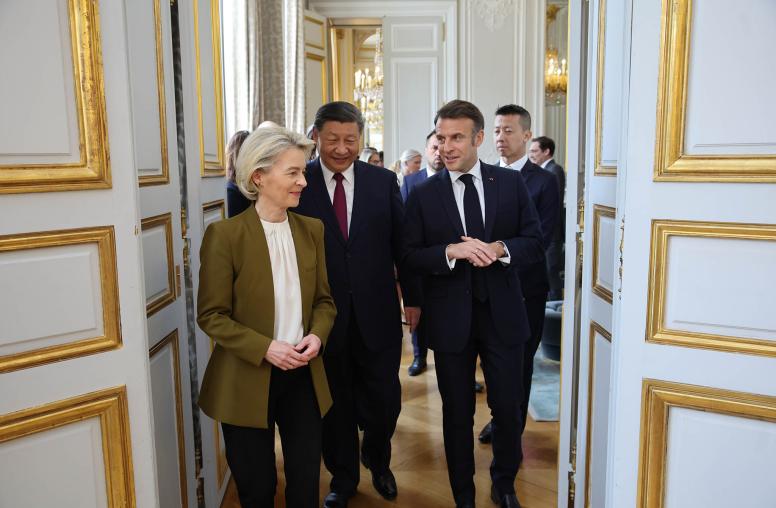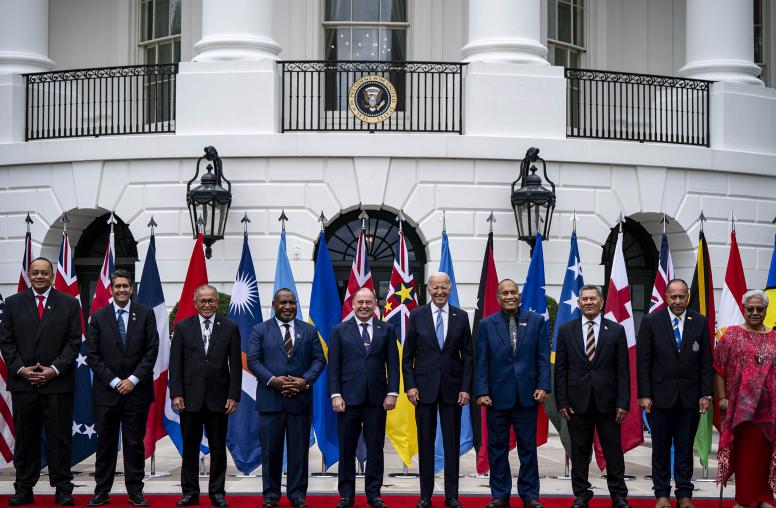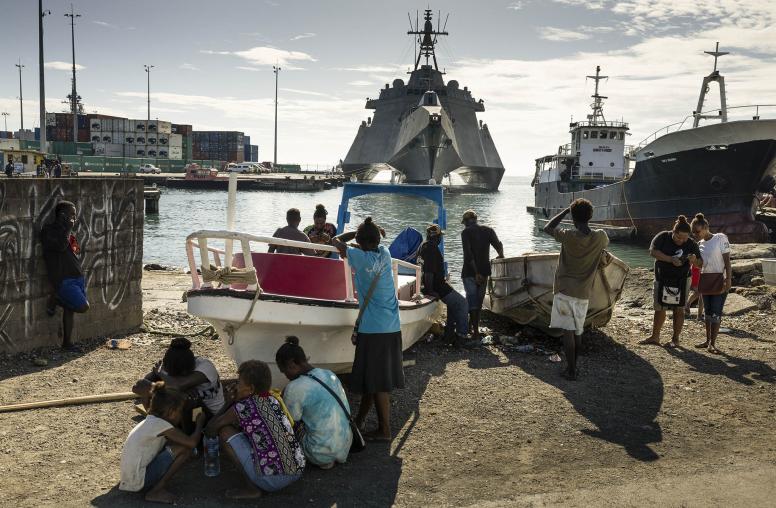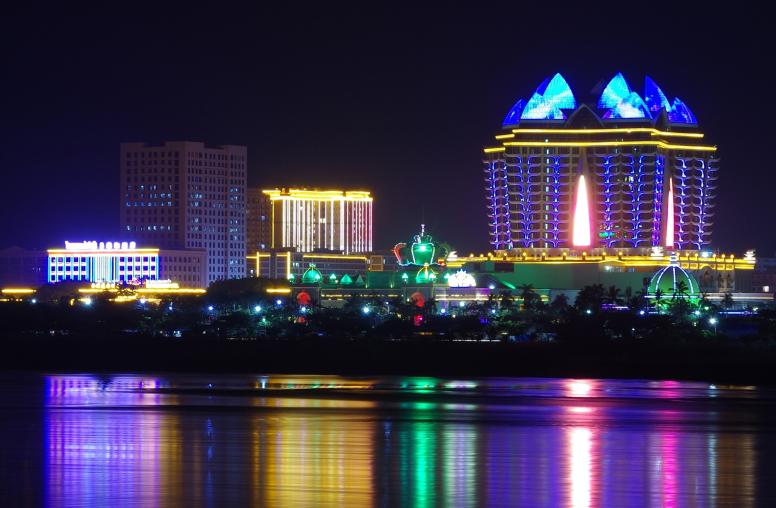Searching for COVID-19 Ceasefires: Conflict Zone Impacts, Needs, and Opportunities
On March 23, 2020, as COVID-19 was first appearing in many conflict-affected areas, U.N. Secretary-General António Guterres issued a call for warring parties to cease hostilities and instead wage battle against the pandemic. Drawing on an examination of conflicts in Afghanistan, Colombia, Cameroon, Israel and Palestine, Libya, the Philippines, Syria, Ukraine, and elsewhere—this report looks at how COVID-19 has affected conflict parties’ interests, positions, and capacities, and provides recommendation for how the international community leverage the pandemic to promote peace.
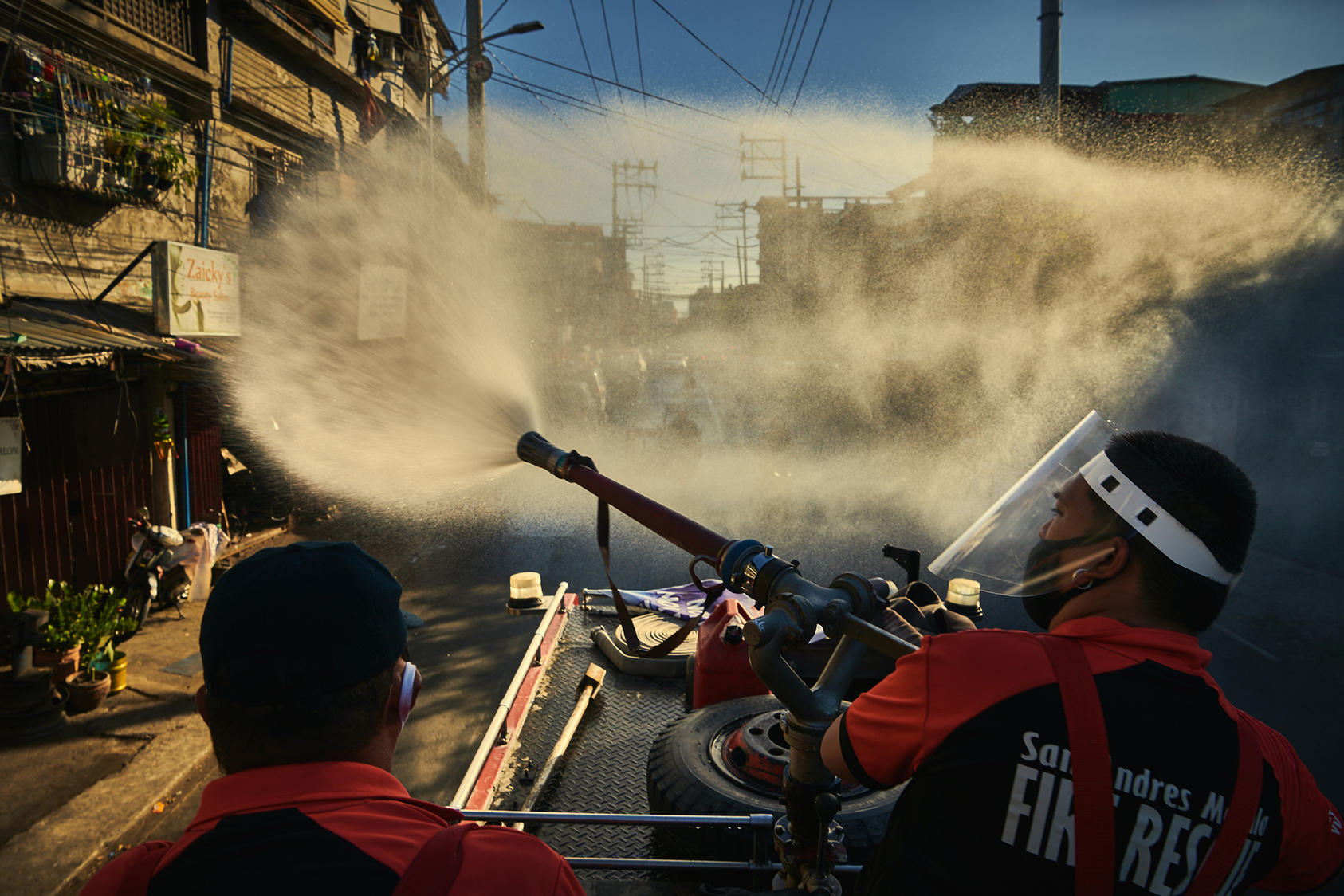
Summary
- Few bilateral or multilateral ceasefires related to the COVID-19 pandemic have been reached. The threat of the pandemic on conflict states, however, is steadily increasing in severity, creating an extreme humanitarian challenge.
- The presence of a global pandemic alone might not change parties’ willingness to enter a ceasefire or any other political arrangement. Ceasefires, particularly humanitarian, serve specific purposes depending on the conflict context, but they do not always lead to comprehensive negotiations.
- Approaches to COVID-19 ceasefires should be based on astute conflict analysis, the pandemic’s impact on party behavior, and the readiness of humanitarian interventions.
- Women, nonviolent movements, and civil society are key sources of pressure to pause violence in order to address COVID-19. These groups are the most important factor in driving lasting, transformative, peaceful settlements.
- Peacebuilding efforts should be deemed essential work and exempted from COVID-19 restrictions. Local, regional, and international peacebuilders should be provided with the equipment and knowledge needed to protect themselves from the virus.
About the Report
Drawing on the actions of the international community, domestic peacebuilders, and conflict parties in response to the COVID-19 crisis, this report explores the relationship between extreme humanitarian demand and the interests that drive conflict parties. Research for this report was coordinated by the Inclusive Peace Processes program in the Center for Applied Conflict Transformation at the United States Institute of Peace (USIP).
About the Author
Tyler Jess Thompson is a senior expert on negotiations and peace process support at USIP. He has advised conflict parties and governments on peace processes, civilian protection, and other negotiations across the globe. Paul Carter, Billy Ford, Sarhang Hamasaeed, Sloane Katelman, Neil Kritz, Leslie Minney, Ola Mohajer, Elizabeth Murray, Rachel Sullivan, Hodei Sultan, Jason Tower, Nate Wilson, and Mona Yacoubian provided their country-specific expertise.
